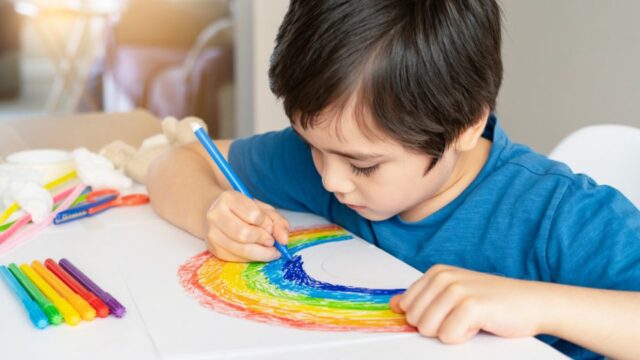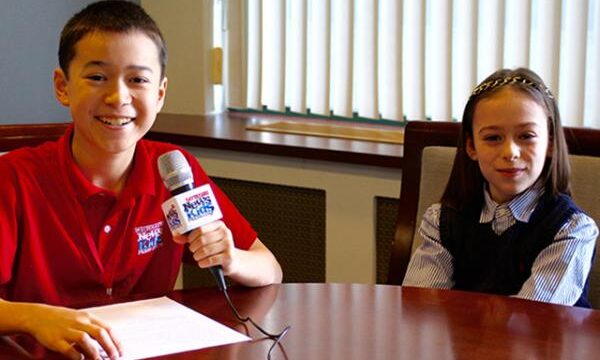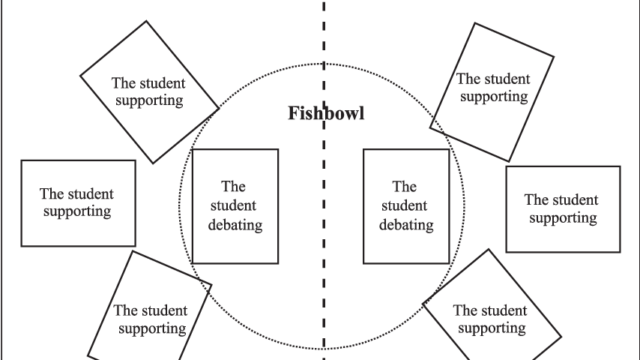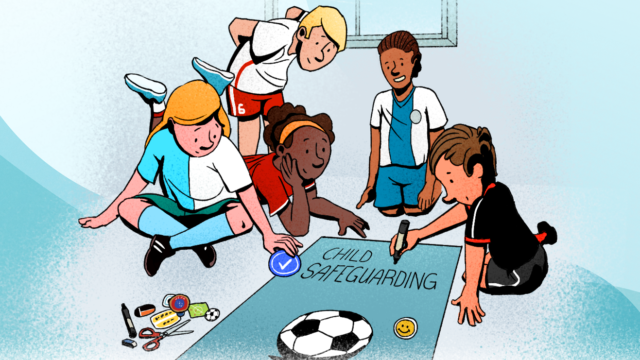What if …
Instructions
- Introduce the activity, explaining that everybody tries to imagine “What if...” . Sometimes we imagine good situations (e.g. “What if there were no more wars?”) and sometimes bad situations (e.g. “What if a war occurred in my country?”). In this activity they will be given a situation and asked to consider what effects it might have on people’s lives.
- Introduce the Effects Cascade and illustrate how one situation can lead to a chain of events; use a simple, familiar situation (e.g. What if you were not allowed to go to school? > Not learning to read > Not being able to follow written instructions, understand a map, write a letter, use the computer).
- Divide the children into small groups and give each group a situation and a copy of the Effects Cascade, and pens. Ask them to work together to complete it.
- When the children have completed the Effects Cascade, explain that they should now prepare a stage presentation that shows what effects that they have imagined could arise from the situation. Give the children time to prepare their presentations.
- Ask each group in turn to read out their situations and act out their presentation.
- After each presentation ask for questions and comments, asking questions such as these:
- Can you think of other effects that this situation might have?
- What human rights are involved in this situation? Does the situation violate a right? Protect and promote a right?
- Are other rights involved in the effects on the situation?
Debriefing and Evaluation
- Debrief the activity by asking questions such as these:
- How do you feel about this activity?
- Was it difficult to imagine the situation given?
- Was it difficult to think of the effects that could result from this situation?
- Do you think these situations are realistic? Why or why not?
- Do you believe that these situations exist in the world?
- How would you react in this situation?
- What could we do to change this situation?
- Relate the activity to human rights, asking questions such as these:
- When one right is violated, how does that affect other rights? Can you think of any examples from the presentations?
- When one right is protected and promoted, how does that affect other rights? Can you think of any examples from the presentations?
- Why do we need all our human rights?
Suggestions for follow-up
- The activities ‘Sailing to a New Land’, p. 152, and ‘Most Important for Whom?’, p. 118 also deal with the interdependence of rights.
- ‘ABody of Knowledge’, p. 53, asks children to consider the consequences of not having access sources of learning.
Ideas for action
The activity ‘A Constitution for Our Group’, p. 56, engages children in improving the rights environment in which they live. Having a group constitution illustrates the multiple effects of a rights environment in real life.
Tips for the facilitator
- The effectiveness of this activity depends greatly on the kind of situations you offer the children. Adapt or develop new situations that relate to the children’s experience and concerns. Situations could address general human rights or any particular rights theme. For example, you could develop situations that all address social and economic rights or specific themes such as gender equality or the environment. Try to include both positive situations (e.g. What if men and women earned the same amount of money? What if everyone in our town cut their garbage in half by recycling?) and negative situations (e.g. What if only men could own property? What if every adult in our town had a personal car?).
- Be prepared to give some real-life examples of these situations that may actually exist or have existed in the past (e.g. women unable to own property or attend schools; boys and girls forced into military service).
Variations
- Give the same situation to several or all groups of children. Compare their different ideas about effects.
- Divide children into same-sex groups and compare their different responses to the same gender-related situations.
- To save time, omit the dramatic presentations or present them in mime or as ‘tableau’ or ‘frozen poses’.
Adaptations
- For younger children: omit the Effects Cascade and go immediately to the presentations. Younger children may also have difficulty grasping the interdependence of rights; put emphasis instead on the importance of enjoying all our rights.
- For older children: ask them to relate their presentation to specific articles of the UDHR and/or CRC
Method Details
Learning Space
In Person Training
Duration
60 minutes
Group Size & Age
8 – 13 years 8 – 20 children
Materials
Situation cards
• Paper and pens for presentations
• Copies of Effects Cascade
• Paper and pens for presentations
• Copies of Effects Cascade
Created by
Composito
This method addresses
Added by
Contact with the Author
What if … 0 reviews
Login to Write Your ReviewThere are no reviews yet.
Write Your Review
Related Listings
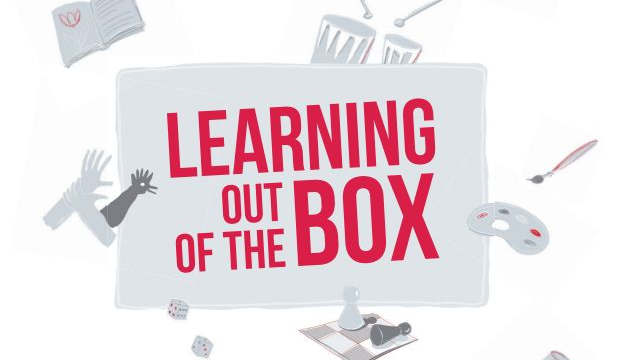
Popular
-
In Person Training, Online Training
-
can be adjusted to smaller or bigger groups age: 16+
-
10-30 minutes

Popular
-
In Person Training
-
minimum 20 people who are divided in 2 groups, Up 20
-
40-120 minutes depending on depth of discussion





